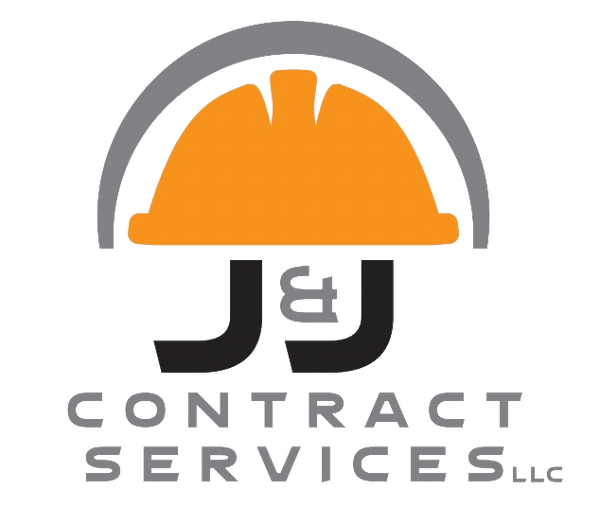
Water Install
Share
Water installation is a critical process in construction that ensures a reliable and efficient water supply for residential, commercial, or industrial properties. This involves the planning, design, and implementation of plumbing systems to deliver clean water for various uses, including drinking, cooking, irrigation, and sanitation.
Key Steps in Water Installation:
-
Site Assessment: The process begins with a thorough evaluation of the site to determine water source availability, pressure requirements, and the overall layout for the plumbing system.
-
Design and Planning: A comprehensive water supply plan is developed, detailing the layout of pipes, connections, and fixtures. This plan must comply with local plumbing codes and regulations.
-
Main Water Line Connection: If connecting to a municipal water supply, the main water line is installed, which may involve excavation to lay pipes that connect the property to the water source.
-
Piping Installation: Pipes are installed throughout the building or property. Common materials include PVC, PEX, and copper, chosen based on durability, cost, and local regulations. Proper sizing and placement are essential for maintaining adequate water pressure.
-
Fixture Installation: Plumbing fixtures such as sinks, toilets, faucets, and irrigation systems are connected to the water supply. This step includes ensuring all fixtures are compliant with code and designed for efficiency.
-
Pressure Testing: After installation, the system is pressure tested to check for leaks and ensure that all connections are secure. This is a critical step to prevent future issues.
-
Final Connections: Once the system passes testing, final connections to appliances (like dishwashers and washing machines) and outdoor water sources (like hose bibs and irrigation systems) are made.
-
Inspection and Approval: A final inspection by local authorities may be required to ensure compliance with plumbing codes and regulations.
-
Maintenance Planning: Establishing a maintenance plan is essential for long-term functionality, which may include periodic inspections, cleaning, and addressing any leaks or repairs as needed.
